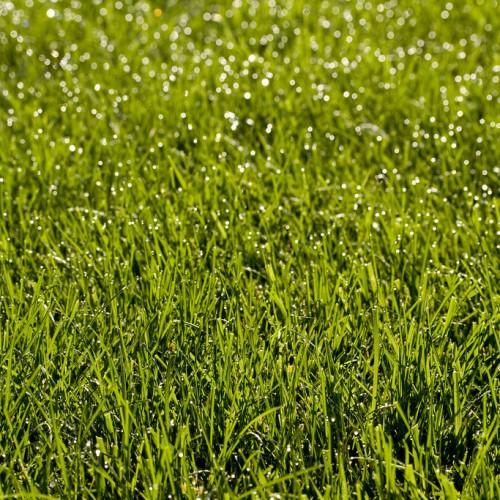
Bermuda grass
Cynodon dactylon 'Sundevil'
Cycle:
Perennial
Watering:
Frequent
Hardiness Zone:
7 - 10
Flowers:
Flowers
Sun:
full sun
Leaf:
Yes
Growth Rate:
High
Maintenance:
Moderate
Drought Tolerant:
Yes
Salt Tolerant:
Yes
Invasive:
Yes
Tropical:
Yes
Care Level:
Medium
watering
Bermuda grass (Cynodon dactylon 'Sundevil') should be watered deeply and frequently for optimal health. This species should be watered about twice a week if there is no rainfall. The ideal frequency of watering will vary depending on overall temperature and humidity levels. During extremely hot summer weather, Bermuda grass can benefit from watering more than twice a week. It is important to let the grass dry between waterings for an optimal root development. The best time of day to water Bermuda grass is early mornings so that the grass has enough time to dry before nightfall. For a deep watering it is ideal to water for 15-20 minutes per section of lawn.
sunlight
Bermuda grass (Cynodon dactylon 'Sundevil') requires full sun to flourish and grow best. It should be exposed to at least 6-8 hours of direct sunlight per day. During warmer months, it can tolerate more direct sunlight and should be kept as close to 8-10 hours a day as possible. On days when it cannot receive this level of exposure, it can still benefit from indirect sunlight or reflected light. It is important to remember that full sun exposure won’t hurt the lawn, but will only help it to stay healthy and thrive.
pruning
Bermuda grass (Cynodon dactylon 'Sundevil') should be mowed regularly especially on the growing season. Mowing should take place before the onset of rapid growth. Depending on the weather conditions and how rapidly the grass is growing. When pruning, only take off 1-third of the grass blades up to a height of 2-3 inches. Take note that Mowing too low can open up spaces for weed growth, while mowing too high can result in leggy grasses.
